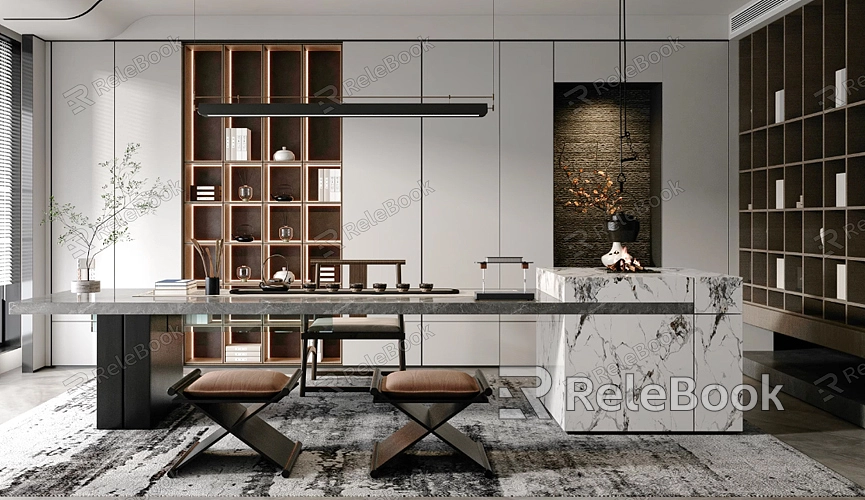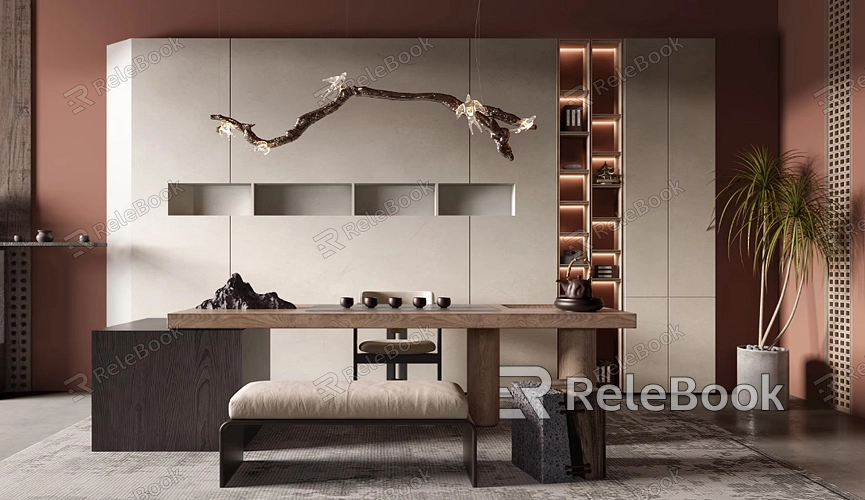What is Mesh in 3D Modeling?

What is a Mesh?
In 3D modeling, a mesh is a collection of vertices, edges, and faces that together form the surface of a 3D object. The mesh acts as the skeletal structure of the model, defining its shape and providing the foundation upon which textures, materials, and animations can be applied.
1. Vertices
Vertices are the fundamental points in a mesh that define its shape. They are the corner points where edges meet. In a 3D space, a vertex is represented by its coordinates (x, y, z). The more vertices a mesh has, the more detailed and complex its shape can be.
2. Edges
Edges are the line segments that connect two vertices. They form the boundaries of the faces in a mesh. Edges determine how the vertices are connected and help define the model’s outline and structure.
3. Faces
Faces are flat surfaces enclosed by edges. In a polygonal mesh, faces are usually triangles or quadrilaterals, but they can be more complex. Faces give the mesh its surface and are essential for rendering the model in a 3D environment.
Types of Meshes
Meshes come in various types, each serving different purposes in 3D modeling. Understanding these types can help in selecting the right mesh for a given project.
1. Polygonal Meshes
Polygonal meshes are the most common type of mesh used in 3D modeling. They are composed of polygons, typically triangles or quadrilaterals, that form the surface of the model. Polygonal meshes are favored for their versatility and ease of manipulation.
2. NURBS Meshes
NURBS (Non-Uniform Rational B-splines) meshes use mathematical functions to create smooth surfaces. Unlike polygonal meshes, NURBS meshes are not made up of discrete polygons but rather curves and surfaces that can represent complex shapes with high precision. They are commonly used in industrial design and animation for their smooth, continuous surfaces.
3. Subdivision Surfaces
Subdivision surfaces are a type of mesh that starts with a polygonal base and then smooths out the surface through a process of subdivision. This technique adds detail to the mesh by splitting polygons into smaller ones, resulting in a smoother and more organic appearance. Subdivision surfaces are often used in character modeling and high-quality renderings.

Creating and Editing Meshes
Creating and editing meshes involves several steps, each of which contributes to the final shape and appearance of the 3D model. Here’s a brief overview of the typical process.
1. Modeling
Modeling is the process of creating the mesh from scratch or modifying an existing one. This can be done using various techniques, such as box modeling (starting with a simple shape and adding detail), edge modeling (focusing on the edges and vertices), or sculpting (using tools to shape the mesh-like clay). The choice of technique depends on the desired level of detail and the type of model being created.
2. Texturing
Once the mesh is created, texturing involves applying images or materials to its surface to give it color and detail. Textures can be painted directly onto the mesh or projected from external images. This step is crucial for achieving realistic appearances in the final render.
3. UV Mapping
UV mapping is a process used to map 2D texture images onto the 3D mesh. It involves unwrapping the mesh into a 2D plane so that textures can be applied accurately. Proper UV mapping ensures that textures align correctly with the mesh and prevents distortion.
4. Refining and Optimization
After modeling and texturing, the mesh may require refinement and optimization. Refining involves adjusting vertices, edges and faces to improve the model’s appearance and functionality. Optimization focuses on reducing the mesh’s complexity to ensure it performs well in real-time applications, such as video games, without compromising visual quality.
Applications of Meshes in 3D Modeling
Meshes are used in various industries and applications, each with specific requirements and uses.
1. Film and Animation
In film and animation, meshes form the basis of character models, props, and environments. The detail and complexity of the meshes can significantly impact the visual quality and realism of the final product. Animators use meshes to create lifelike movements and interactions in their scenes.
2. Video Games
Meshes in video games are crucial for creating characters, objects, and environments. Game developers use meshes to build detailed and interactive game worlds. Optimization is particularly important in games to ensure that meshes render efficiently and perform well across different hardware platforms.
3. Virtual Reality (VR) and Augmented Reality (AR)
In VR and AR, meshes are used to create immersive and interactive experiences. High-quality meshes enhance the realism of virtual environments, while optimization ensures smooth performance and responsiveness. Meshes in VR and AR often need to balance detail with performance to provide an engaging user experience.
4. Product Design and Visualization
Meshes are essential in product design and visualization, where they are used to create accurate representations of products for marketing, prototyping, and testing. Detailed meshes help designers and clients visualize how a product will look and function in real life.
Challenges and Considerations
Working with meshes comes with its own set of challenges and considerations, including:
1. Complexity vs. Performance
One of the primary challenges in mesh modeling is balancing complexity with performance. Highly detailed meshes can offer realistic visuals but may also impact rendering performance. Finding the right balance is crucial, especially for real-time applications like video games.
2. UV Mapping Issues
UV mapping can be tricky, as improper mapping can lead to texture distortions or seams. Ensuring accurate UV mapping is essential for achieving high-quality textures and preventing visual artifacts in the final render.
3. Rigidity and Flexibility
Meshes must be designed with both rigidity and flexibility in mind. For animated models, the mesh needs to deform smoothly while maintaining structural integrity. This requires careful attention to edge flow and vertex placement.
FAQ
What is the difference between a mesh and a 3D model?
A mesh is a component of a 3D model, specifically referring to the geometric structure made up of vertices, edges, and faces. A 3D model includes the mesh along with textures, materials, and potential animations.
Can a mesh be used for real-time applications like video games?
Yes, meshes are widely used in real-time applications such as video games. However, they need to be optimized to ensure that they perform efficiently and do not affect the game's frame rate negatively.
How do I choose the right type of mesh for my project?
The choice of mesh type depends on the project’s needs. Polygonal meshes are versatile and commonly used, while NURBS meshes are ideal for smooth surfaces, and subdivision surfaces are great for high-quality, detailed models. Consider the complexity of your model and its intended use when selecting a mesh type.
What are some common issues with meshes in 3D modeling?
Common issues include texture stretching or seams caused by poor UV mapping, excessive polygon count leading to performance problems, and deformations during animation. These issues can usually be addressed through careful modeling, texturing, and optimization techniques.
How can I improve the performance of my 3D mesh?
Improving mesh performance involves optimizing the mesh by reducing its polygon count, using efficient UV mapping, and employing Level of Detail (LOD) techniques. Ensuring that the mesh is as simple as possible without sacrificing essential detail can help maintain performance.

